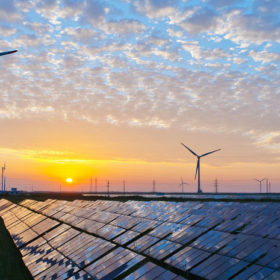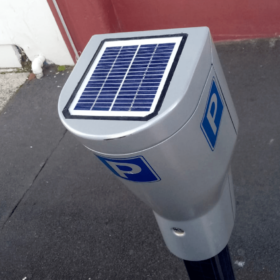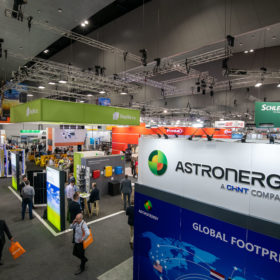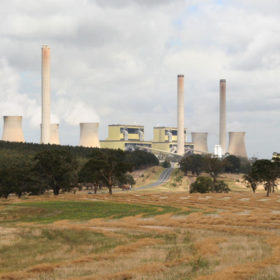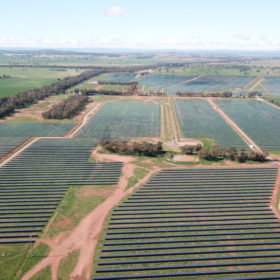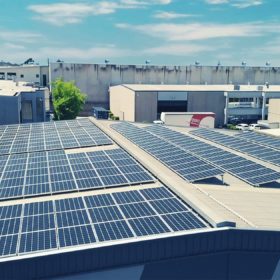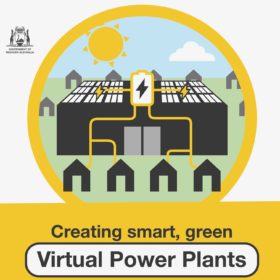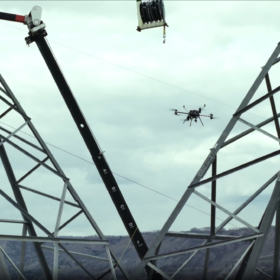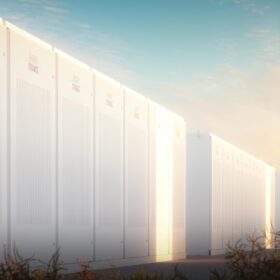CEFC to shift focus from renewables to grid, hydrogen projects
The Australian government’s green bank intends to move beyond solar and wind investment over the coming year and put its capital to work in the nascent green hydrogen industry and grid projects.
Solar for parking machines
New Zealand researchers have proposed a way to assess the technical and economic feasibility of PV-powered parking machines. Solar might be an ideal solution, but the siting of the machines is critical and should be planned in advance, in line with available solar radiation and potential shading.
All-Energy 2020 cancelled as Covid-19 crisis continues
Australia’s leading solar industry event will not take place in 2020. The organisers of the All-Energy Australia show announced the decision today, noting that the decision was made “with everyone’s health and safety as our number one priority.”
Shareholders call on AGL to accelerate coal station closures
The Australasian Centre for Corporate Responsibility (ACCA), a shareholder advocacy group, has filed a Shareholder Resolution to AGL Energy calling for the expedited closure of its Bayswater and Loy Yang A coal-fired power stations. ACCA says that AGL’s own modelling contradicts both its climate commitment and its fiduciary responsibility.
SMA Sunny Boy Storage now compatible with BYD’s Battery-Box
The German PV inverter manufacturer’s multi-string storage solution is now in sync with BYD’s latest battery system.
FRV’s Goonumbla Solar Farm fully operational despite market challenges
The Spanish developer has successfully completed the 69.75 MW solar farm in New South Wales which is contracted under a power purchase agreement with government-owned retailer Snowy Hydro.
AEMC opens consultation on DER integration, solar export charges
The Australian Energy Market Commission (AEMC) is calling for submissions on proposed rule changes that would address the integration of distributed energy resources, including enabling export charges as a pricing tool.
CEFC takes stock of the future, backs Australian Climate Transition Index
The Clean Energy Finance Corporation is set to become the cornerstone investor in a BNP Paribas’ issuance $140 million in new Australian green bonds through its Australian Climate Transition Index, an index for investors to parse the companies that will survive and thrive into a decarbonised future from those who will decay and die.
Kalgoorlie high school set to be first in Schools VPP pilot project
The Schools Virtual Power Plant pilot project, part of the WA Government’s $66.3 million investment in solar and batteries in its WA Recovery Plan from the impacts of Covid-19, will see ten schools transformed into VPPs. The two year trial is expected to bring reduced electricity bills to schools, improved grid stability, and increased solar uptake in the local community.
Shell Australia acquires carbon farming business Select Carbon
The Anglo-Dutch power company will buy Perth-based environmental specialist Select Carbon as part of a broader ambition to reach net-zero emissions by 2050 or sooner.
